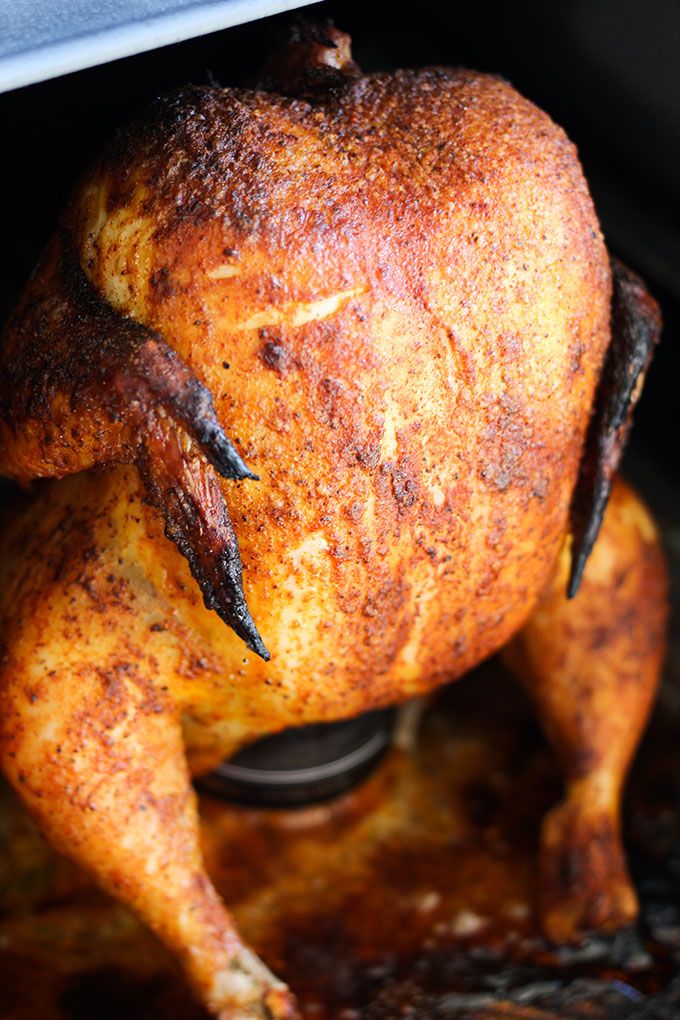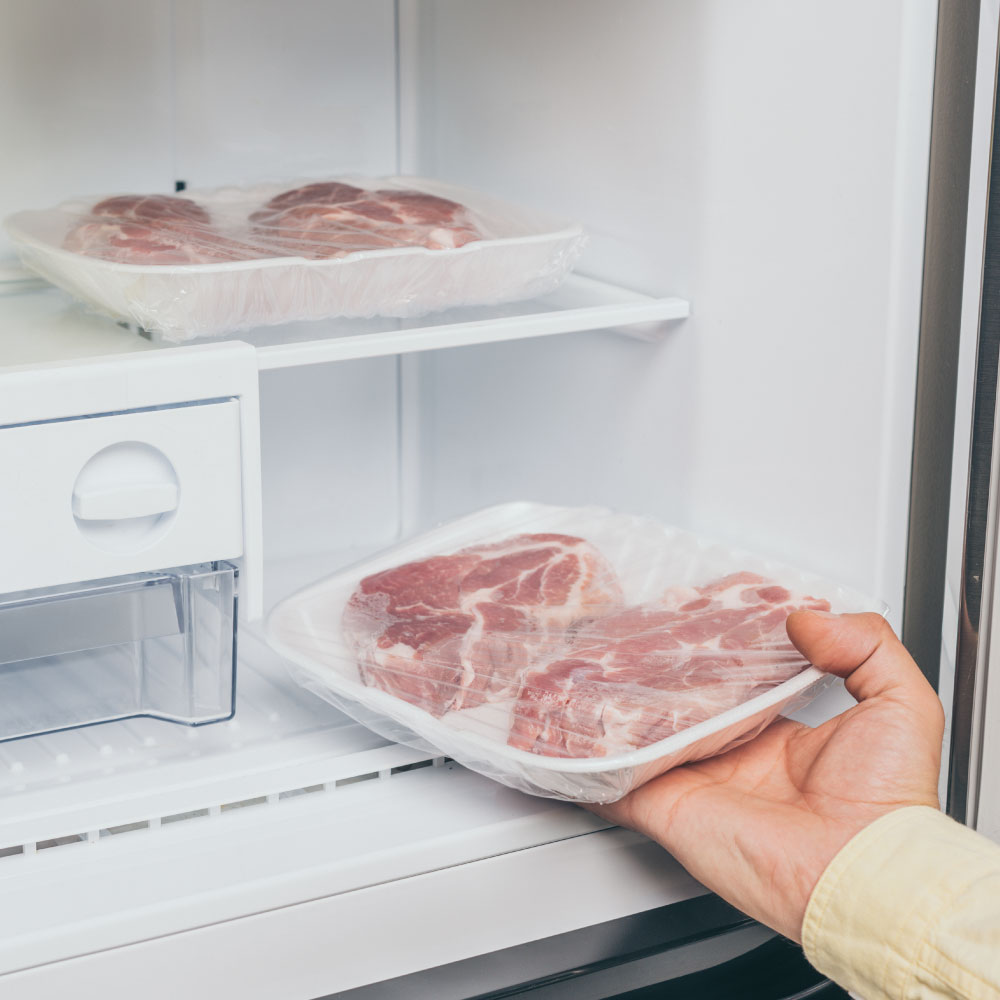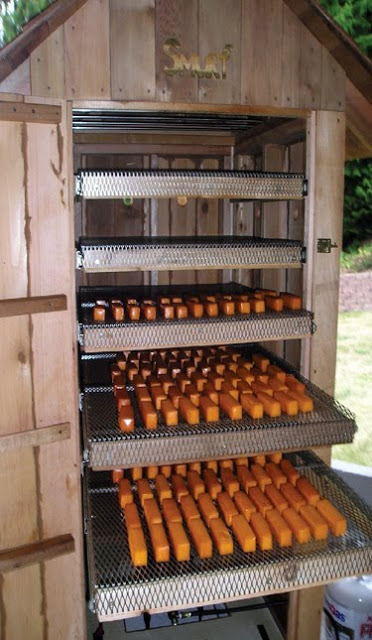
For more information on dry rub application, see this article. It is important to apply the spice mixture on meat with your hands in order to create a uniform coat. If the meat you're preparing has a skin, massage the rub into the fat under the skin and the creases on the edges. This will enhance the flavor of your meat. Before you apply dry rub, here are some key ingredients.
Moisten meat before rubbing
To make your meat tender and juicy, you should moisten it before adding a dry rub. Salt is a wonderful flavor enhancer. It has the ability penetrate the meat to flavor the meat. Salt also intensifies the flavors and aromas. It should be part of every dry rub recipe. Salt is generally added to your rub at a ratio of 1 to 1 with meat.
Use a dry rub liberally to all sides of the meat. Season the "sides" of thick cuts and the meat's main face, especially if you are using a dry rub. Then rub the seasonings onto the meat using the opposite hand. This is necessary to ensure that the seasonings penetrate the meat. The dry rub can then be applied to the meat. You have two choices: either immediately grill it or wait for at least 30 minutes before you apply another coat.
When applying a dry rub, make sure to wipe the surface of the meat completely with a damp cloth. This will allow the dry rub to stick better to the meat. You can cover the meat with plastic wrap once it has dried completely. After that, let it cool in the fridge for at least 30 minutes. It's important to make sure the meat is well-marinated before applying a dry rub. This will prevent bacteria and ensure that the dry rub is free from juices.
Important to note that marinades are not just for flavoring your meat. Marindes also tenderize meat due to enzymes that work on the protein strands. Adding liquids to a dry rub will not change its flavor, but will help to make it adhere to meat with a smooth surface. If you're using a dry rub, you might want to marinate your meat a few hours beforehand so that it can soak overnight.
You can also moisten a dry rub. Dry rubs often use brown sugar as a base. This sugar is slightly moist, and forms a strong glue on the meat. Another good option is maple or turbinado. It is important to be cautious with this type sugar, as it can burn very quickly. Both can be combined. Your rub should be suitable for the kind of meat that you're using.

After your meat has been marinated, add a second layer with rub. This is a great way for flavoring your meat. However make sure you have enough rub to stick to it. You can use either commercial rubs, or make your own blend to create your custom blend. The quantity of dry rub you use depends on where you find it. The recommended amount of dry rub is one tablespoon per pound. It's important to experiment and find what works for you.
Before rubbing with dry rub, sprinkle with sugar or paprika
Sprinkle your ribs with sugar or even paprika to add spice. Finally, sprinkle some smoked pimrika over them. You can find several kinds of paprika, but you should choose the type that has the highest level of heat. If you're not sure, you can purchase paprika that doesn't have a label. This type ofpaprika is not as flavorful as the labeled.
It is simple to make a homemade dry rub and it can be stored for use in the last-minute. This combination of savory spices and dark brown sugar promotes browning. It is a sweet-savory mix that enhances the flavor of meat. You can even mix your own mixture with your favorite herbs. It will become a favorite of yours if you keep trying it.
Make sure the meat is dry before applying dry rub. Rubs should cover about one and a half pounds of meat. You want to achieve the best results. Rub the rub all over the meat and massage in. A dry rub can be used to coat a chicken breast, a pork loin rib or an ice cream sandwich. Make sure to adjust the amount according to how you will cook it.
Groceries carry commercial rubs. They are very popular and have many loyal fans. Commercial rubs often start with a base of salt. Salt is cheap and adds bulk. However, paprika can be used to spice up meat. Making your own rub is the best way to personalize the taste of your ribs. If you do not want to spend a lot of money on an expensive commercial rub, try mixing it yourself.
Dry rubs make use of herbs and spices in order to enhance meat's natural flavor. Combining the right ingredients can make even inexpensive cuts of meat taste luxurious. You may use different types of sugar, salt, chili peppers and mustard powder in dry rubs. These rubs can be prepared quickly and stored in a sealed container. They will enhance the flavor of your meat.
Dry rubbing is different from dry brining because it doesn't require that you apply the seasonings beforehand. Avoid rubbing your meat with sauces if dry rubbing is done ahead of time. While this method may be convenient, it can also result in meat that is overly soft and mushy. Most people prefer to rub the dry rub on meat before grilling.
Signature ingredients in dry rubs
When making your own dry rub, there are a few things you should consider. After nine months, spices and herbs often lose their flavor and aroma. To enhance the flavor of fresh herbs and spices, use a coffee grinder. You should be sure to mix your dry rub right before you use it to prevent them from losing their flavor. Although you can prepare it in advance and make it ready to use immediately, the best results are achieved when it is done before serving.

There are many types of rubs on the market. The first one is called savoury rub. Its main ingredients include spices such as onion powder, garlic powder, dry mustard, paprika, and chile. It is also rich in spices such as red chili flakes or dried chipole that make it more spicy. Aside from meat, it can also be used on vegetables and inedible objects, such as fish.
A dry rub is a combination of herbs and spices that is applied to meat before cooking. There are different types of rubs that contain different spices, and they have different amounts. For example, a barbecue rub has coarse salt, black pepper and paprika. While a Jamaican Jerk mix includes allspice (nutmeg), ginger, cayenne pepper, and allspice. A little bit of dried rice can make the rub richer in heat.
You should store dry rub in an airtight bag. You can use it right away or keep it in a storage container for a few weeks. After blending the ingredients, you can then spread it on a rimmed baking sheet or in a large bowl and rub the meat with it. The meat will absorb the flavor from the dry rub, and it will taste fantastic! Let it sit for at night after you have applied it to the meat.
Dry rubs are a great way of adding flavor to meats without having to use additional sauces. Dry rubs are quick and easy to make. They will enhance the flavor of your meat without any sauces. These rubs can be made in minutes and put together right before dinner. You can mix them yourself or purchase dry rub ingredients that you shake on the meat. The dry rub can be frozen after being made.
Salt is an important aspect of making your own rub. Salt is an essential ingredient in many rubs. However, it is difficult to remove. Many rub makers don't understand how salt is removed so they don't offer a salt free version. You should separate salt and rub the rubs while you are making them. This will allow you to have greater control over how the oil is applied and prevent the salt from interfering in the cooking process.
FAQ
What skills are required to enter a culinary school?
To become a chef, you must be able to cook well, work under pressure, and understand food safety regulations. You should enroll in cooking classes at local community colleges or high schools to learn how to cook. After mastering the basics, you'll be able to apply for a job at a catering or restaurant.
Is there a better way to learn to make delicious meals?
Cooking is something that everyone should be able to do. It's a great way to experience delicious food without having to learn how to cook. When learning how to cook, the first thing to do is find a recipe you love and follow it closely. You'll then want to practice small adjustments until you feel confident making the dish. Next, you can cook for others. This will allow you to improve your cooking skills and test your abilities.
How long does cooking take? How long do I need to learn to cook?
It depends on the skill level. Some people can master basic cooking techniques in a matter days. Others may take months or years to master the basics of cooking.
There are many factors that affect the time required to learn how cook. Someone who has never been to the kitchen before might need more time than someone who does it regularly. Different types of cooking require different amounts of experience. Baking requires more knowledge than frying.
A specific technique will help you cook faster. Once you have perfected that technique, you can move on. It doesn't matter how long it takes to master a particular technique. Keep practicing and having fun with the whole process.
How Long Does it Take to Become a Chef? What is the average career path?
Five years is required to become a professional chef. In this period, you will learn basic cooking skills and experience as a kitchen assistant. You can apply for line, sous or executive chef positions after you complete your training. The average salary for a chef ranges from $25,000 to $60,000 per year.
How much does culinary school cost?
Culinary school costs vary depending on where you go, how long you study, and what program you choose. Tuition costs range from $10,000 to $30,000. The average student graduates with $20,000 in debt. There are programs that offer work-study and scholarships.
How Much Does it Cost to Learn Culinary Arts Skills?
You will find that the price to study culinary arts is variable. For example, a four-year degree typically costs around $40,000. A two-year associate degree, on the other hand may cost less than $5,000. Tuition rates depend on the type of program you select. Public institutions are more expensive than private institutions.
Statistics
- In the United States, the category is estimated at $23.2 billion annually and is growing faster than the market. (washingtonpost.com)
- The median pay for a chef or head cook is $53,380 per year or $25.66/hour, according to the U.S. Bureau of Labor Statistics (BLS). (learnhowtobecome.org)
- On average, chefs earn $58,740 a year, according to the BLS. - learnhowtobecome.org
External Links
How To
How to make a perfect Omelette
Omelets are one of my favorite foods to eat at breakfast. But how do they turn out so perfectly? I've tried many different methods and recipes, but none of them seem to work! I have some tips and tricks to help you make delicious, fluffy omelets every single morning.
We should first know that eggs are very temperamental ingredients when making omelets. You must get them fresh, organically, and keep them cold until you cook. If you don't keep them cold enough, the whites won't form properly, and the yolks will break down too much and become runny. This causes your omelets to look oddly colored. If you intend to cook your eggs immediately, it's best to use room-temperature egg.
You can also separate the egg before you add it to the pan. You don't want the white to get mixed with the yolk, as this could cause the egg to curdle.
The bottom part of an egg that is added directly to the stovetop might be burned, which could cause a ruined texture in your omelet. Instead, heat the egg for 10 seconds in the microwave before placing it in the pan. The heat from the microwave cooks the egg just enough without overcooking it.
Next, let us talk about how to mix the eggs. Mix eggs well together. You can do this by turning the bowl of your mixer upside down. Next, shake the bowl vigorously. By doing this, the egg is thoroughly mixed with the air in the bowl.
Now comes the fun part - pouring the milk into the mixture. Mix half of the milk with the eggs. Then fold the eggs in half into the remaining milk. Do not be alarmed if there are still egg streaks visible. Once the omelet flips, these streaks will disappear.
After folding the eggs fold the pan onto medium heat. When the oil starts to hot, wait for the pan to cook. Add 1/4 cup butter to the oil and swirl it around to coat all sides of the pan. Now carefully crack open the lid of the pan and sprinkle salt into the pan. A pinch of salt will prevent your omelet from sticking in the pan.
Once the omelet has formed, cover the pan again and wait for the top side to set completely. Flip the omelet by using a spatula. Cook the other half for another minute. Take out the omelet and place it in a bowl.
This recipe is best made with whole milk. However, it can also be used with skimmed milk.